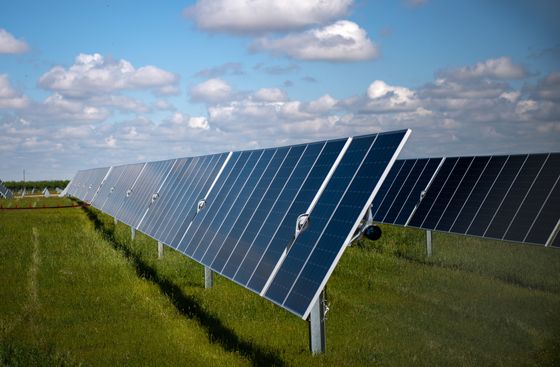The Growing Renewable Energy & the Progress of Technology Achievements

Energy efficiency has been the talk of the town across the world since decades. Today renewable energy accounts for more than half of the global electricity generation investments. The developed countries contribute more followed by developing countries that continue to build coal and gas plants to meet their increasing electricity demand. According to Capgemini’s annual study titled World Energy Markets Observatory (WEMO) report, with the growing renewables market and the progress of technology achievements, costs are declining by over 10 percent (wind & solar) in 2019. The report also mentions that batteries for electric vehicles and stationary storage costs decreased by 19 percent in 2019 with Asian players dominating this market.
Europe is moving stronger towards developing hydrogen as a source of green power to regain dominance in the market. Making a move towards this, the European Union commission decided to invest between €180-470 billion by 2050 to reach a share of 12-14 percent in 2050 for green hydrogen in the European energy mix. On the other hand, the increasing share of intermittent renewables generation makes grid balancing more difficult while endangering the security of supply. Philippe Vié, Global Head of the Energy and Utilities sector at Capgemini, says, “Numerous digital tools and assets are mature and available to improve predictability, reliability, grid stability and finally security of supply, accelerating Energy Transition.”
The Capgemini report also highlights that despite COVID-19 crisis, CO2 emissions reduction, and long term climate change goals still remains challenging. Despite renewables and storage technologies maturing fast, and with the growing share of renewables in the electricity mix, grid stability has become an industry concern globally. With the global economic slowdown in 2019, GDP growth for G20 countries was 0.8 points below the previous year, while the emissions are expected to decrease by an estimated seven to eight percent in 2020 as a result of mobility restrictions and a sharp industrial slowdown. Colette Lewiner, Energy and Utilities senior advisor at Capgemini, these reductions are temporary: “This 2020 emissions decrease is linked to the lock-down period and remaining mobility restrictions. Emissions will likely rise again as the world recovers from the pandemic. By way of illustration, it would take a similar restriction, every year for the next 10 years, to get on the right environmental trajectory, which is of course unviable. Profound changes are needed to reach climate change objectives.”
Read More News :
WhatsApp set to roll out disappearing messages feature
Wipro to Co-Innovate with SAP on Industry Cloud Solutions for Real Estate Sector
